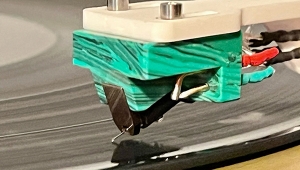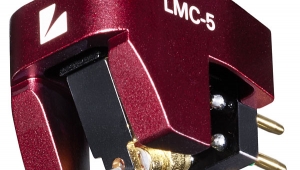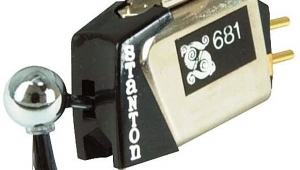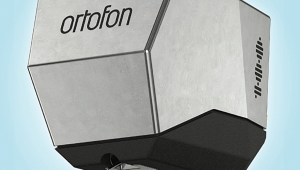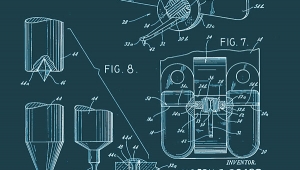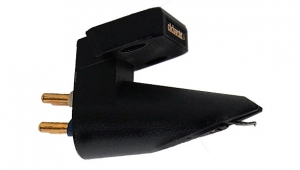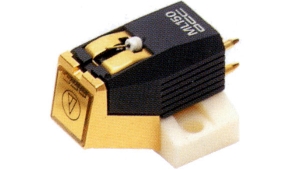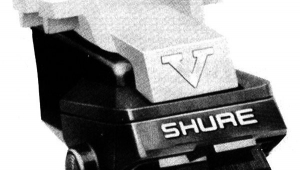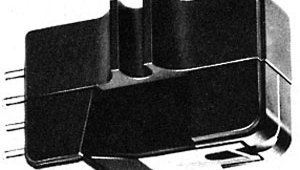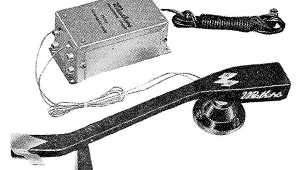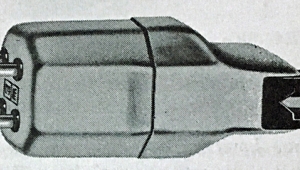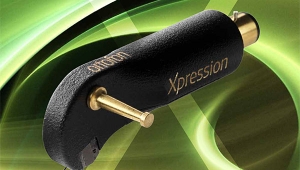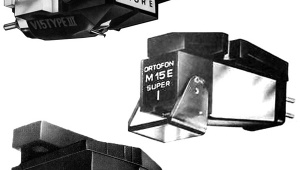| Columns Retired Columns & Blogs |
Ortofon MC-2000 MC phono cartridge Page 2
This cartridge does everything right that all the other MCs have done wrong or almost-right-but-not-quite. Its spectral balance is superb, being absolutely neutral. It is neither warm nor cool nor bright nor sweet. It images with stable, pinpoint precision, and produces a soundstage of extraordinary depth: breadth, and ambience, It can track anything you throw at it, and its bass is deep, firm and very taut. As for its high end...Aha, that rising top kills it dead, right? Wrong.
That rise doesn't hit 1dB until around 15kHz. It is not audible as an excess of high end, but merely as a very subtle enhancement of air and delicacy. The high-end rise (which, by the way measures out at a very modest 2dB by 20kHz) has no other effect. In fact, the MC-2000 has the most exquisitely delicate, detailed high end of any cartridge I've heard. I love it!!
That, however. is not to say that you will. While we all pretend to want accuracy, what we really want is something that will "sound good" with the rest of our system. And this cartridge may not be just the thing to make your system fall into place. It is not a rich, romantic-sounding cartridge. The MC-2000 has no brightness suckout at all! Its spectral balance is in fact so similar to that of an equivalent CD reproduced on the best player, that I was sometimes unable to tell which it was that I was hearing.
How you will interpret that statement will depend n how you feel about CD sound. How I will respond to your interpretation is: good CD sound is probably closer to the original than you are likely to get from analog disc, so if you really want accuracy, consider the MC-2000 (as well as the arm and preamp you use with it). Remember that brightness is just as much a function of the other components in the system as it is of the signal source(s). What you hear is only what you get after every component in the system has impressed its sonic signature on the sound.
I also auditioned the MC-2000 with Stan Klyne's Klyne Audio Arts SK-2A head amp, set for the middle of Ortofon's recommended 20–100 ohm load, and with no high-end rolloff. The sound was a shade less bright and slightly more open at the high end, but it was also a trifle dry in texture in comparison with the very liquid-sounding (almost tube-like) Ortofon transformer.
But what really spoiled this combination for me was the noise: a velvety-smooth but fairly obtrusive rushing sound that was clearly audible through all the quiet passages of the music. This goes to show that the SK-2A, like other "universal" head amps, is just not designed to work properly with a cartridge of such low output as the MC-2000. Even with Ortofon's own transformer, background hiss was a consideration, though not actually a problem. It was below, but not very much below, the surface-noise level of the quietest disc, and was clearly audible at "normal" listening levels when the arm was on its rest post.
Also because of the cartridge's low output, hum proved to be a greater problem that it ever had been with any other cartridge. The effectiveness of the cable shielding and the dress (orientation) of the signal cables is critical with a cartridge like this. When I first tried it, with Ortofon's own step-up transformer, hum was barely but definitely audible behind the musical program during any passages lower than moderately loud. With the Klyne SK-2A head amp, the hum was slightly greater, making it audible at all times except during the loudest musical passages. The fault was not in either step-up; it was traced to pickup of AC from a nearby power cord running to a component that wasn't even turned on. Shielding in the T-2000 transformer appeared to be excellent: so any hum problems that are encountered will almost certainly be traceable to interconnect or grounding sources. I can only report that, in my case, the hum could be eliminated.
Potentially more serious: however, was the fact that, after only about six hours of use, the stylus in my sample MC-2000 showed signs of starting to fold up. At 1.3 grams of force—slightly less than Ortofon recommended—the underside of the cartridge gradually dropped so low that it was barely possible to see light between it and the disc. I had the MC-2000 in Bill Firebaugh's Well Tempered Arm, which is quite highly viscous-damped, and the damping was enough to cause the underside of the cartridge to bottom out once per revolution on some badly warped discs.
In the 50 hours of use since that initial change, the cantilever has not gotten any "softer." You can be sure I will report it posthaste, especially considering my attachment to the sound of the MC-2000. In the meanwhile, I suggest that anyone who buys this cartridge should have an understanding with his dealer about returning it for replacement if its stylus suspension gives out.
Conclusion
I suspect that this is going to be a controversial cartridge, although its cost will undoubtedly limit the number of participants in that controversy. Most audio perfectionists, who have worked their jewels off for years trying to assemble a system that sounds as musical as possible with analog sources, are not going to like the MC-2000, and will adamantly refuse to believe that what they hear from it could be closer to the sound of the original signal than their present cartridge is. On the other hand, those who have found a good CD player and like what they hear from it, will find in the MC-2000 (used with the rest of this front-end stuff) the most solid link between digital sound and analog sound that they are likely to find these days.—J. Gordon Holt
- Log in or register to post comments
